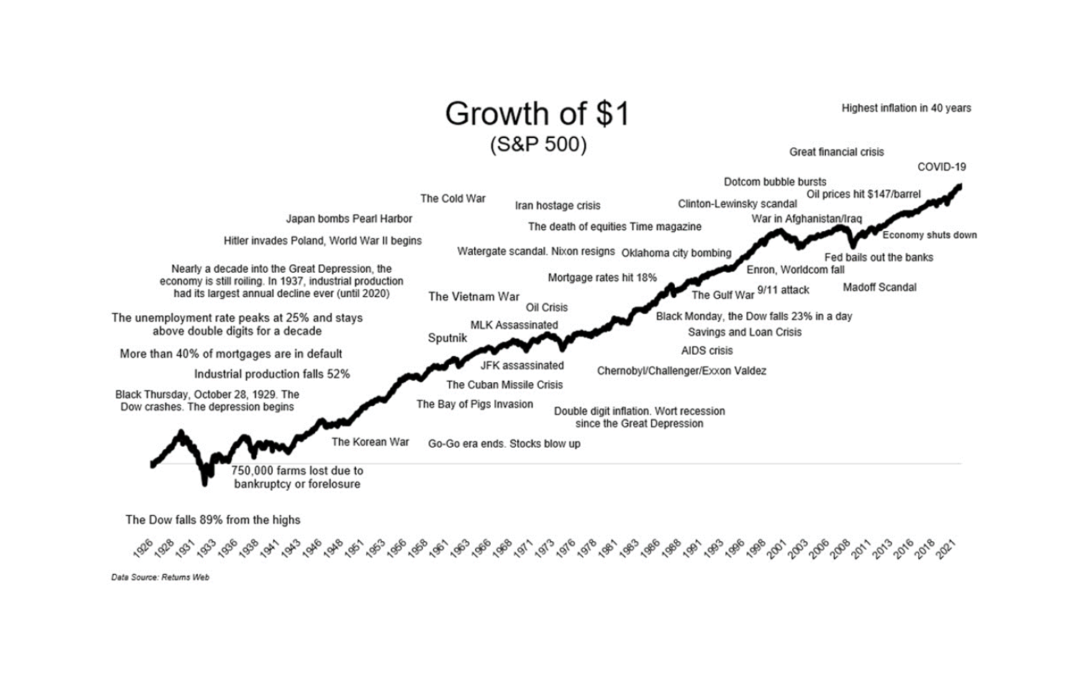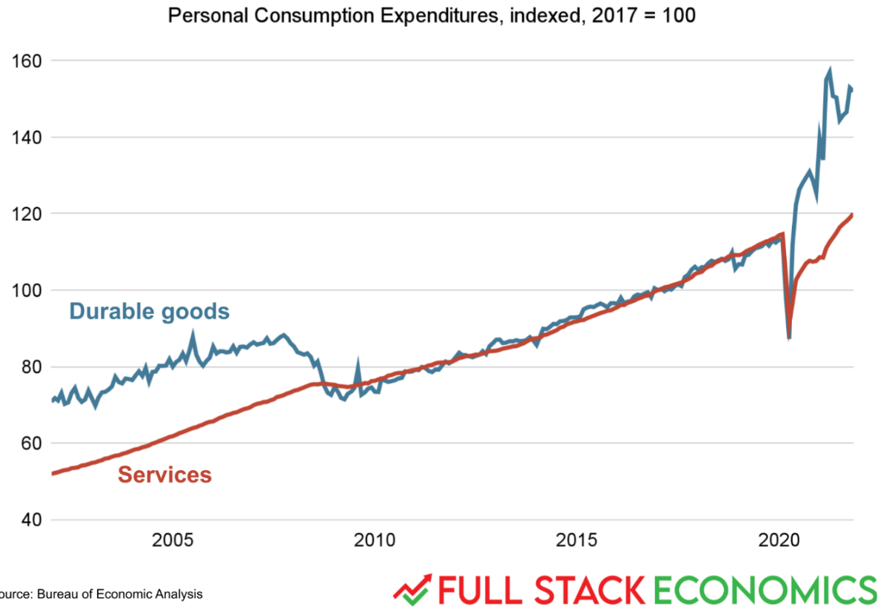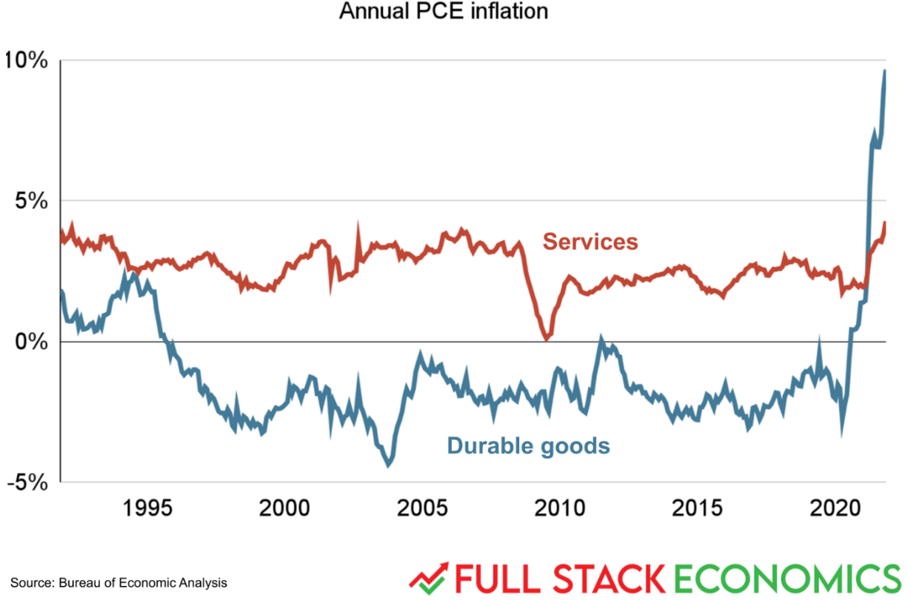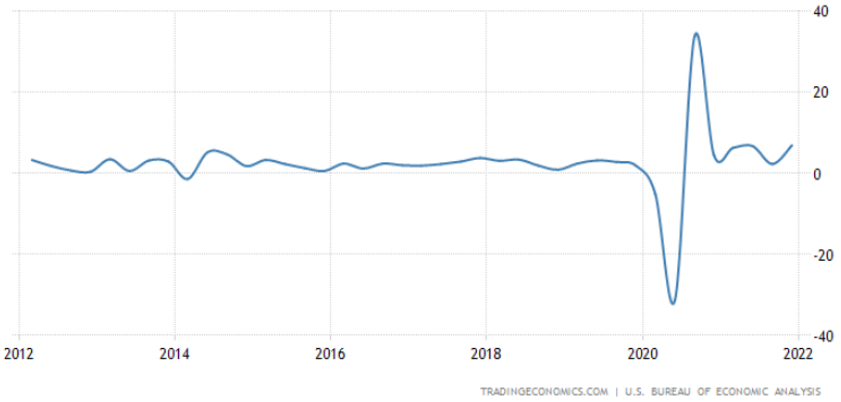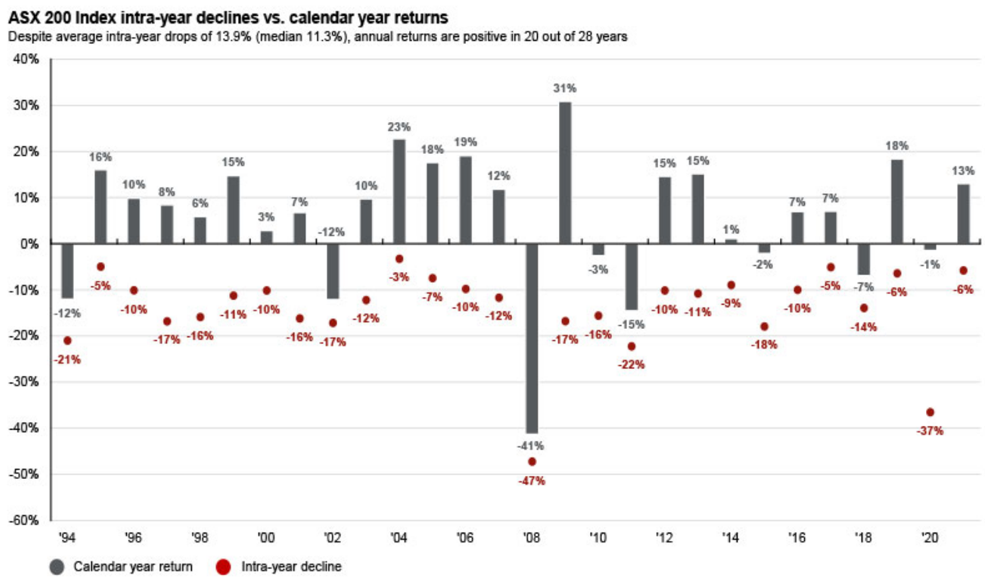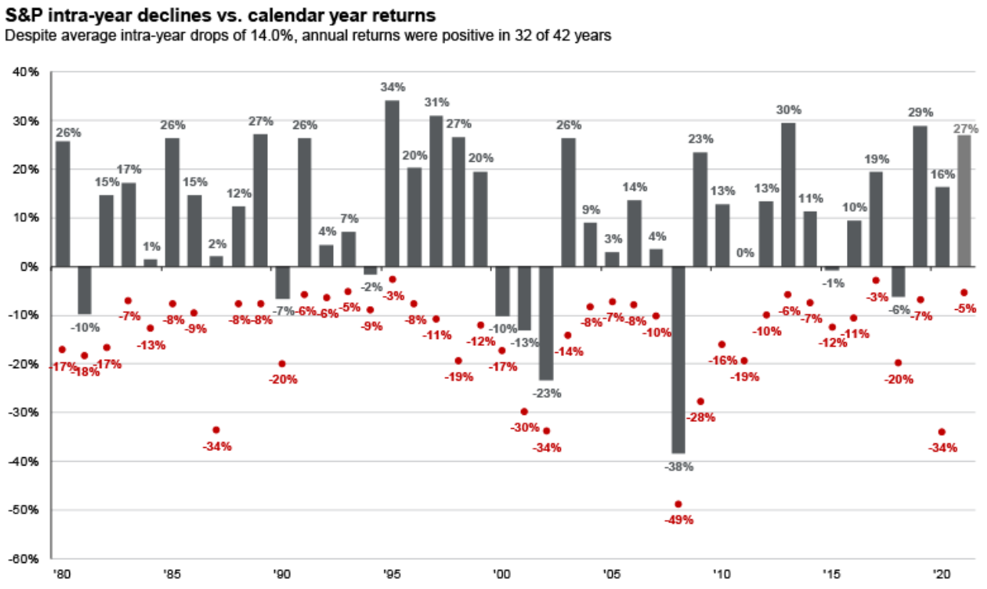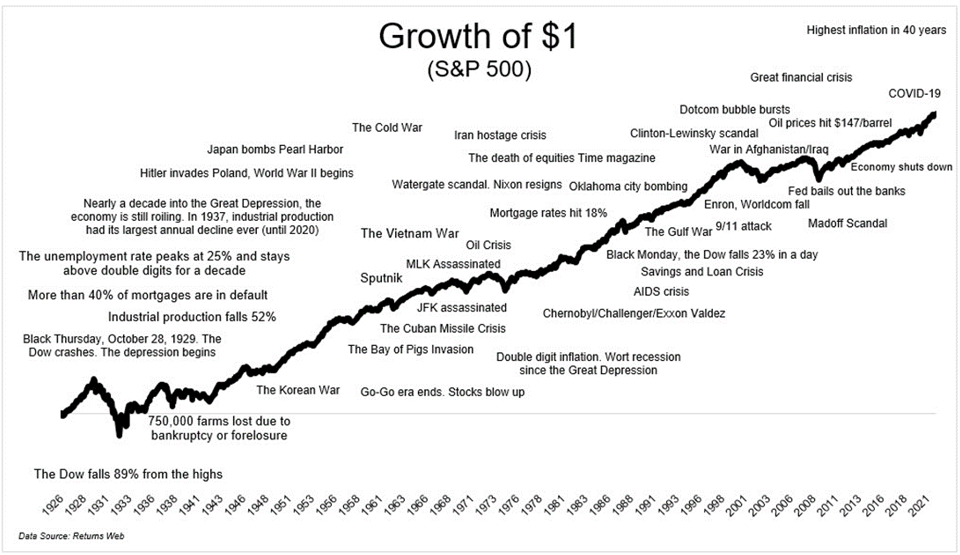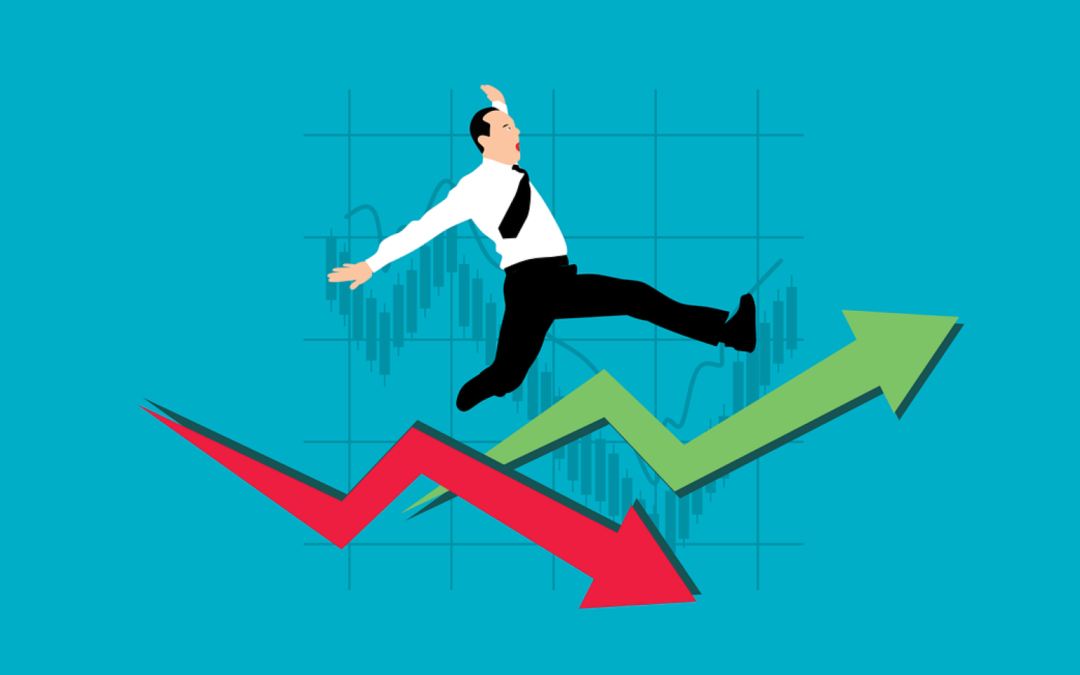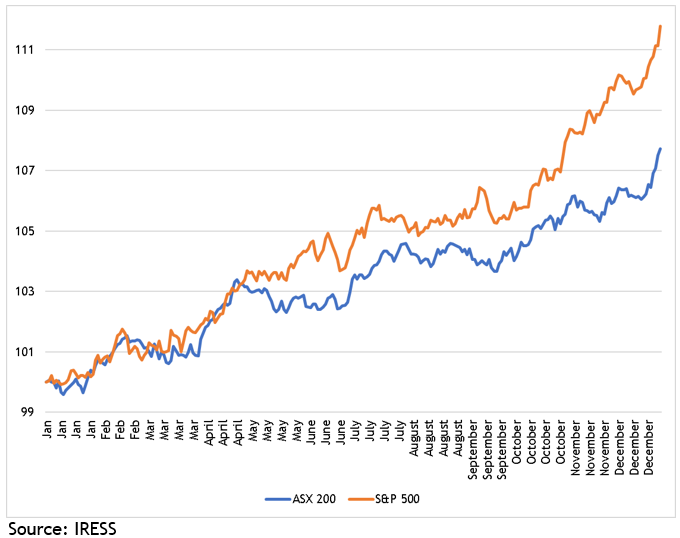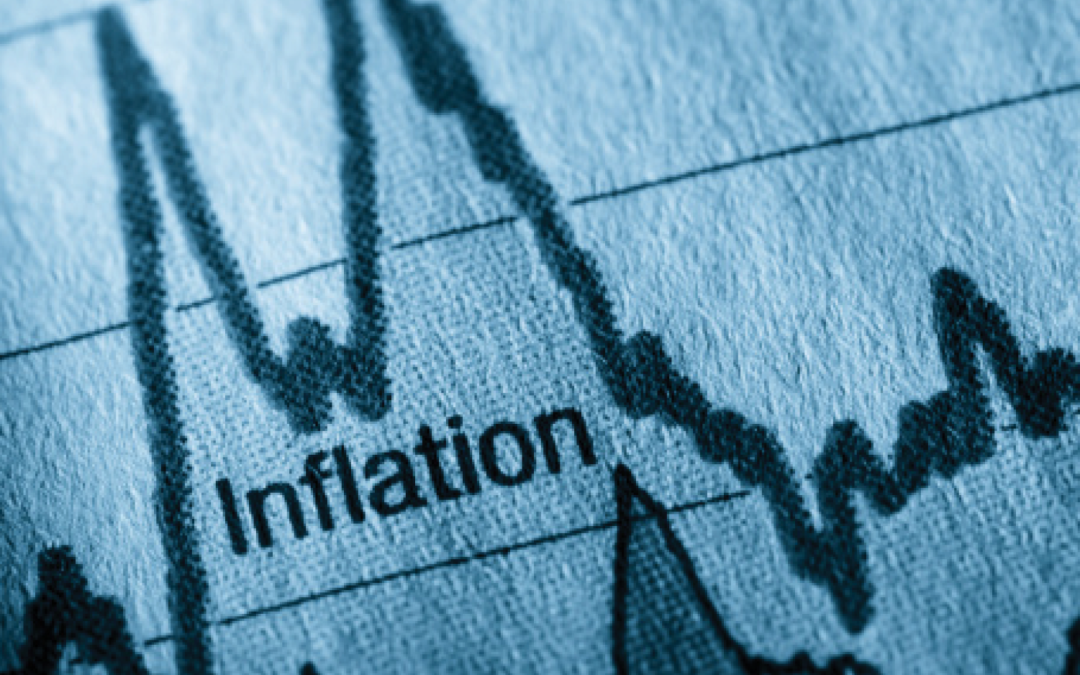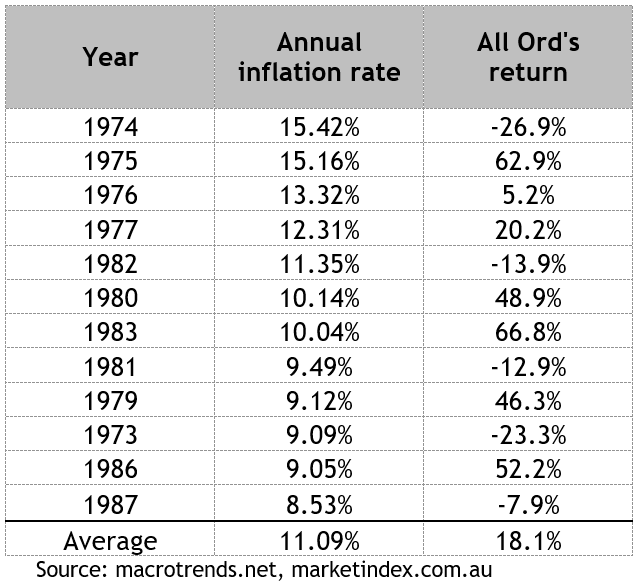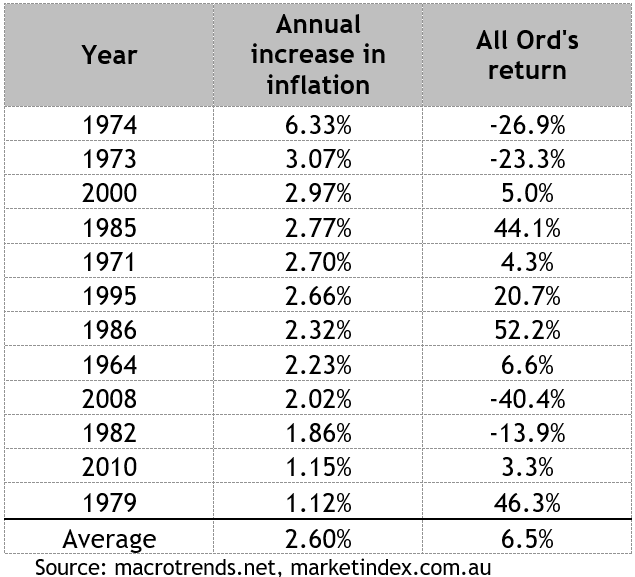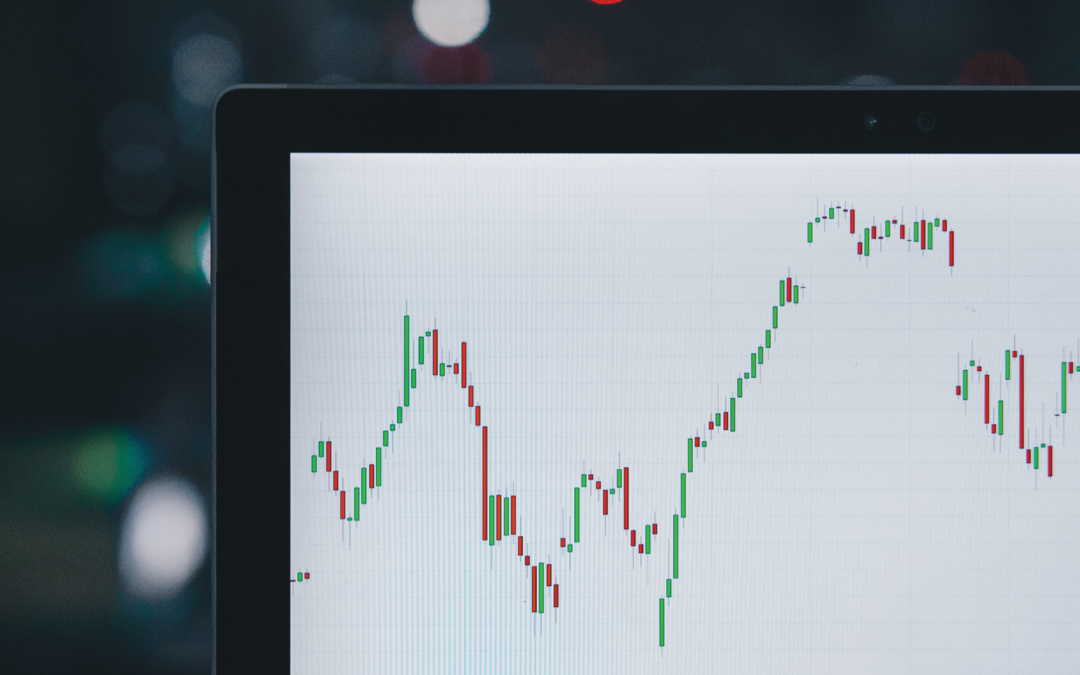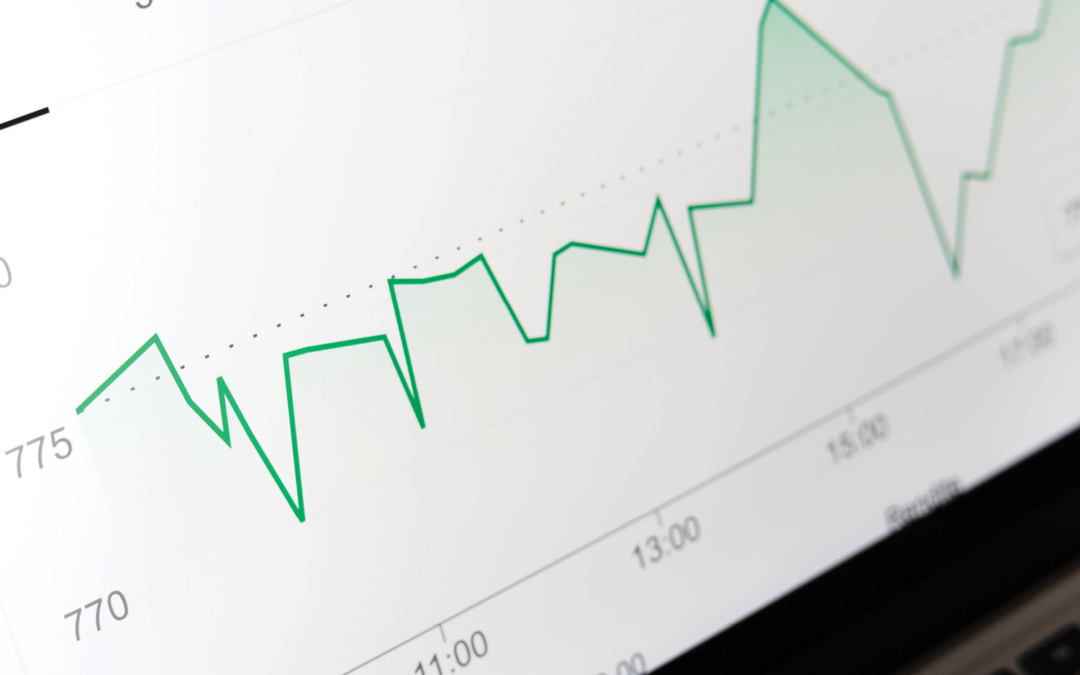
PE ratios not as important as you think
The most commonly used valuation measure for share investors is the price to earnings ratio, which is typically referred to as the PE. It’s the price of a company’s share divided by the earnings per share the company either has, or is expected to generate, and it tells you how many years of earnings it would take to repay your investment.
The higher the PE, the more faith investors are placing in a company that it will perform well into the future. Another way of saying that is the higher the PE, the more expensive are the shares.
The PE, and variations on it such as the CAPE ratio (which uses rolling 10 years of real earnings) are constantly referred to by analysts and strategists as the benchmark of determining whether a particular share, or the market overall, is fairly valued or not.
However, the PE ratio suffers some shortcomings as a valuation tool. First, it is heavily influenced by sentiment, both positive and negative, plus it can be affected by inflation. Another problem is that while the P part is indisputable, the E part can be subject to the peculiarities and interpretation of accounting rules, which can make an enormous difference and render the PE all but meaningless.
Legendary analyst, Michael Mauboussin, Head of Consilient Research on Counterpoint Global at Morgan Stanley Investment Management, argues in his new book Expectations Investing, that the PE ratio is pretty much useless.
One of the critical reasons behind that surprisingly robust assertion is the rise and rise of ‘intangible assets’ on company balance sheets, especially in the US.
Tangible assets are things you can touch, like buildings and machinery. They are entered onto a company’s balance sheet as a capital item and treated as an asset.
Intangible assets are things that you can’t touch but are nevertheless an asset to the company, such as patents, trademarks or goodwill. Notwithstanding these can be the most valuable assets a company holds, the spending that goes into building them, like R&D, or marketing, or paying up for talented staff, is treated as an expense to the company and therefore reduces reported profits, which in turn reduces the reported earnings per share.
In 1975, the US share market was dominated by companies like General Electric, Ford, GM and oil companies, and intangible assets accounted for only 17 per cent of total S&P 500 assets. By 2020 the biggest companies were Apple, Microsoft, Amazon, Facebook and Google and intangibles had grown to be 90 per cent of assets.
In their book The End of Accounting, the authors, Lev and Gu, argue centuries old accounting principles are inappropriate for intangible-rich companies and concluded the ability of reported earnings and book value (the anchor for two of the most widely used ratios, the PE and price to book value) to explain share market values declined by an incredible 6 per cent per year between 1950 and 2014.
As Mauboussin points out, at the end of the day, what matters most is how much cash a company produces, not earnings. What this means is that when you see a tech company trading on what looks like an outlandish PE, it could simply mean the market is looking way beyond the reported earnings and instead is factoring in how much cash it thinks that company’s intangible assets are going to generate.
Kai Wu, principal of Sparkline Capital in the US, argues that if investors want to understand the value of intangible assets, they need to move beyond the limited information available in financial statements. On their analysis tangible assets make up less than 45 per cent of total value in six of the eleven sectors that make up the S&P 500, with things like network effects, brand equity, human capital and intellectual property making up the balance but not even rating a mention in financial statements.
Sparkline uses AI to analyse the mountains of data companies produce that reflect their intangible assets and incorporate the results into their valuations. The results are impressive, with backtests producing annualised returns more than 30 per cent higher than the S&P 500 over the past 25 years.
When you hear or read market commentators saying the PE ratio is way out of whack compared to its long-term average, the smart investor should first ask why that might be, not necessarily to rationalise it, but to understand it.

